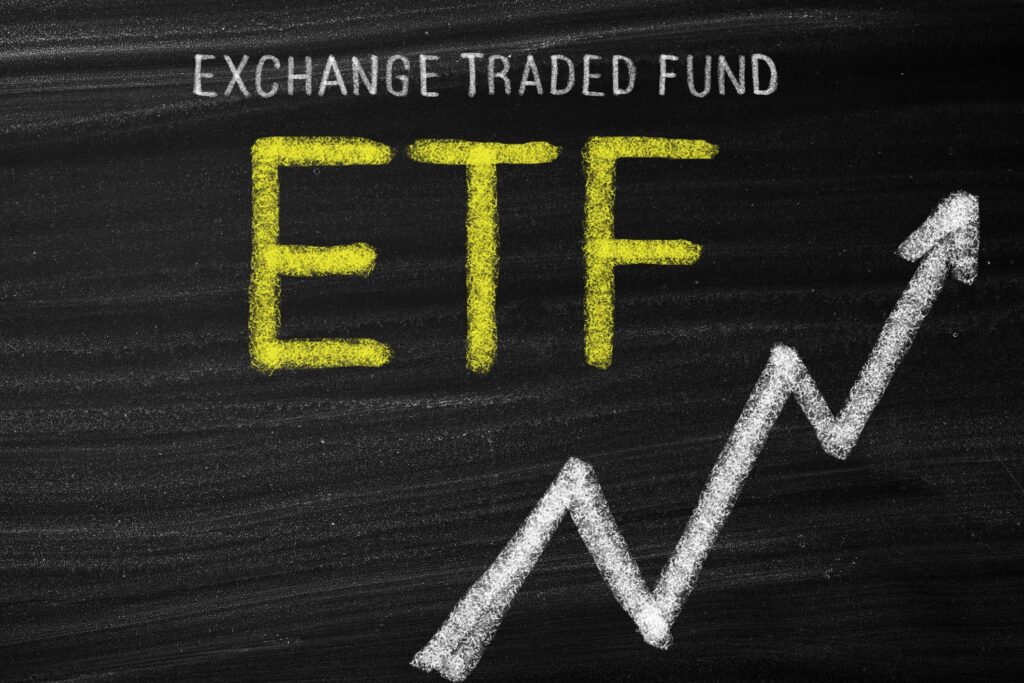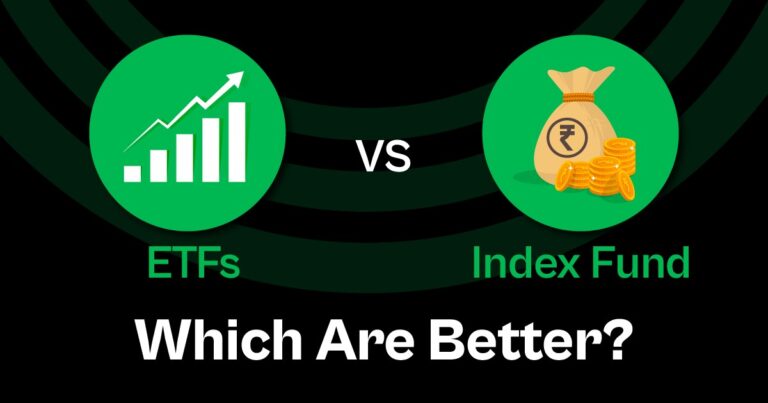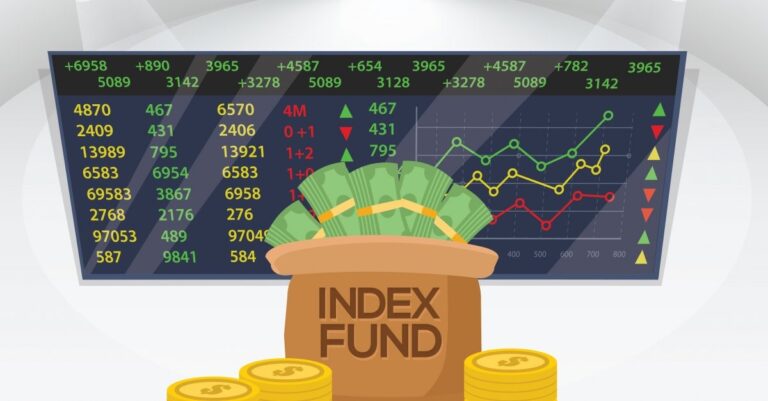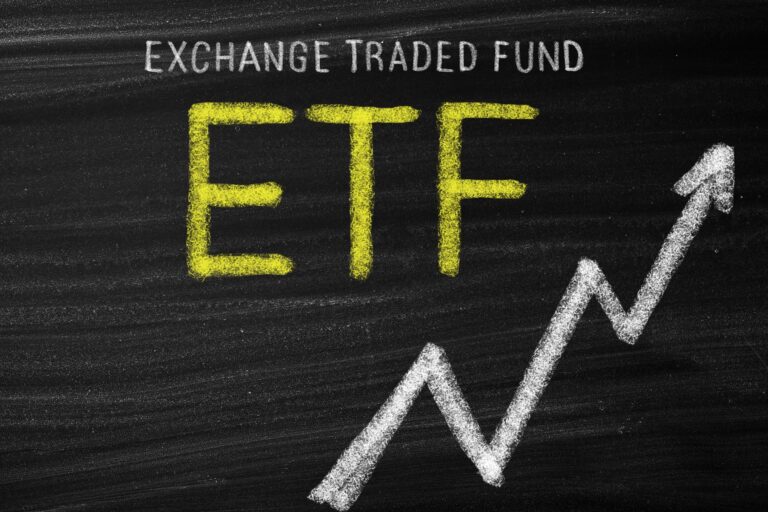
Exchange-Traded Funds (ETFs) have gained immense popularity in recent years, becoming a preferred investment choice for both novice and seasoned investors. But what exactly is an ETF, and why is it such a sought-after financial instrument?
In this blog post, we’ll explore what ETFs are, how they work, their benefits, and tips to help you decide if they’re the right investment for your portfolio.
Table of Contents
What is an ETF?
An Exchange-Traded Fund (ETF) is a type of investment fund that tracks the performance of a specific index, sector, commodity, or asset class. Unlike mutual funds, ETFs trade on stock exchanges, just like individual stocks. This means you can buy and sell them throughout the trading day at market prices.
For instance, an ETF tracking the Nifty 50 Index would aim to replicate the performance of the top 50 companies listed on the National Stock Exchange (NSE).
How Do ETFs Work?
ETFs are managed by fund managers who pool money from investors to create a diversified portfolio that mirrors the underlying index or asset. Here’s how they typically work:
Creation and Redemption:
Fund managers create ETF units by purchasing the underlying assets. These units are then listed on a stock exchange.
Trading:
Investors can trade these units during market hours, just like stocks. The price of an ETF fluctuates based on the value of its underlying assets and market demand.
Dividend Distribution:
If the underlying assets pay dividends, some ETFs distribute these earnings to investors, while others reinvest them.
Types of ETFs
ETFs come in various types, catering to diverse investment goals:
- Index ETFs: Track major indices like S&P 500, Nifty 50, or Sensex.
- Sector ETFs: Focus on specific industries, such as technology, healthcare, or energy.
- Commodity ETFs: Invest in commodities like gold, silver, or oil.
- Bond ETFs: Track fixed-income securities like government or corporate bonds.
- International ETFs: Offer exposure to global markets, allowing investors to diversify internationally.
Advantages of Investing in ETFs
Low Cost:
ETFs generally have lower expense ratios compared to mutual funds, making them a cost-effective option for long-term investors.
Diversification:
With a single ETF, you gain exposure to a diversified portfolio, reducing the risk of relying on a single stock or asset.
Liquidity:
ETFs are highly liquid, allowing you to buy or sell them at market prices during trading hours.
Transparency:
ETFs disclose their holdings daily, giving investors full visibility into the underlying assets.
Tax Efficiency:
ETFs are designed to minimize capital gains tax liabilities compared to traditional mutual funds.
Disadvantages of ETFs
Trading Costs:
While ETFs have lower expense ratios, frequent trading can result in additional brokerage fees.
Market Risk:
Since ETFs track market indices or assets, they are subject to market volatility and risks.
Complexity for Beginners:
For new investors, understanding the mechanics of ETFs and managing a Demat account may be daunting.
How to Invest in ETFs
Open a Demat and Trading Account:
To invest in ETFs, you need a Demat and trading account with a stockbroker.
Choose the Right ETF:
Identify ETFs that align with your financial goals, such as growth, income, or diversification.
Track the Expense Ratio:
Compare expense ratios among ETFs, as lower fees can lead to higher long-term returns.
Monitor Performance:
Regularly review the performance of your ETFs to ensure they meet your investment expectations.
ETF vs Mutual Fund: What’s the Difference?
| Aspect | ETFs | Mutual Funds |
|---|---|---|
| Trading | Trades on exchanges during market hours. | Bought and sold at NAV at the day’s end. |
| Expense Ratio | Lower than mutual funds. | Slightly higher due to active management. |
| Liquidity | High, as ETFs trade like stocks. | Less liquid, as transactions are processed end-of-day. |
| Management | Mostly passive, tracking an index. | Can be actively or passively managed. |
Are ETFs Right for You?
ETFs are ideal for:
- Passive Investors: Seeking a low-cost way to track market indices.
- DIY Investors: Comfortable managing their portfolio and trading via a brokerage account.
- Diversification Seekers: Looking to spread risk across various assets.
However, if you prefer automatic investing (like SIPs) or don’t want to manage a Demat account, mutual funds may be a better fit.
Popular ETFs to Consider
- Nifty 50 ETF – Tracks the performance of the Nifty 50 Index.
- S&P 500 ETF – Offers exposure to the top 500 companies in the U.S. market.
- Gold ETFs – For those looking to invest in gold without physical storage.
Conclusion
ETFs are a powerful investment tool for building a diversified portfolio while keeping costs low. Whether you’re a seasoned investor or just starting, understanding the workings of ETFs can help you make informed financial decisions.
Remember, while ETFs offer numerous benefits, they are not without risks. Always align your investment choices with your financial goals, risk tolerance, and time horizon.





